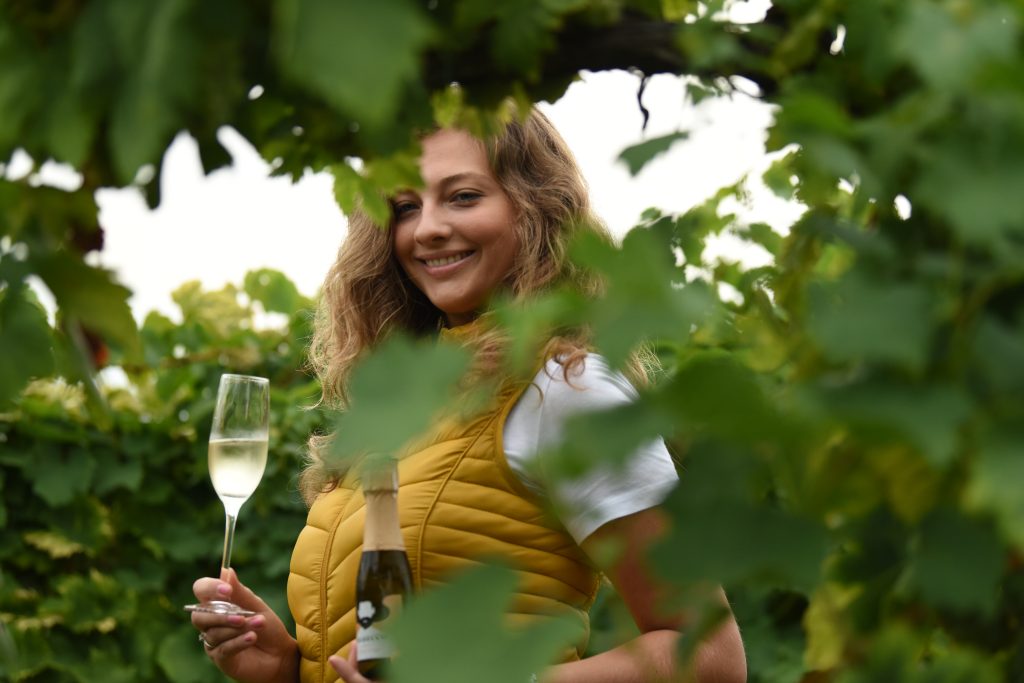November 7, 2024 – Once upon a time, there were four wine regions in Croatia… and all four are still here. One of them, Slavonia and the Danube Region, is a carousel of fine, charming wines, crowned by the majestic Graševina grape, planted over 4,300 hectares.
This region is bordered by Virovitica and Daruvar in the west, and the Danube and Baranja in the east of Croatia. The tradition of grape growing here dates back to Roman times, later nurtured by French Cistercian monks. Slavonian wines have consistently been winning prestigious awards worldwide, celebrated for their outstanding quality-to-price ratio. If you haven’t heard of Belje, Srijem, Daruvar, Ilok, Kutjevo, or even Feričanci and Orahovica, it’s time to explore some of Croatia’s finest wineries.
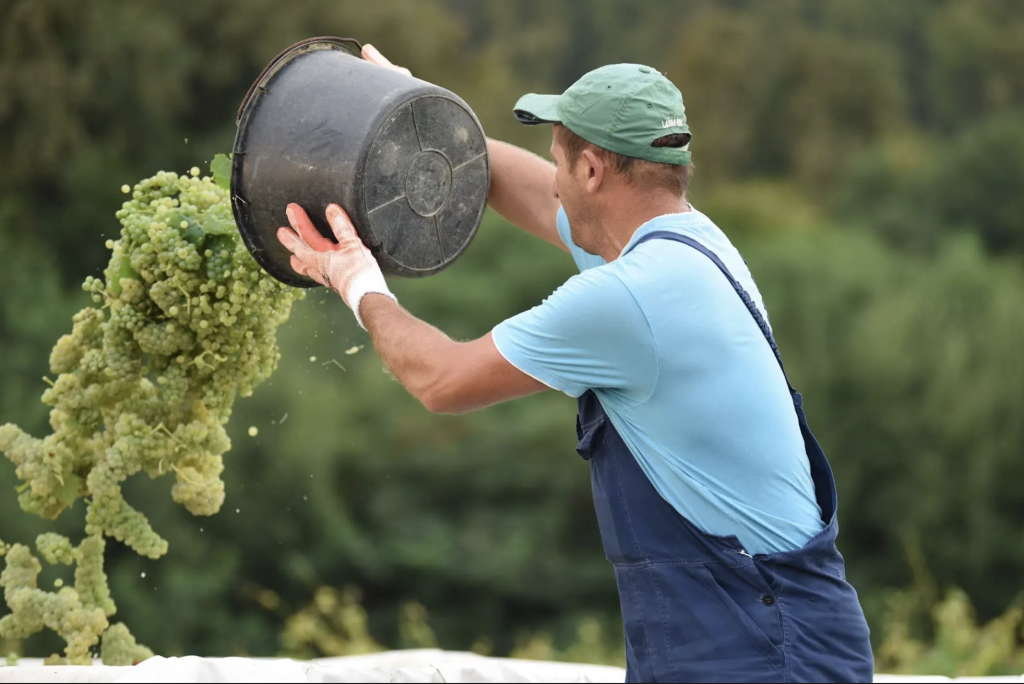
While white varieties are dominant, including international grapes like Pinot Blanc and Gris, Traminer, Chardonnay, Rhine Riesling, and Graševina, red grapes such as Cabernet Sauvignon, Zweigelt, and Merlot have been gaining popularity. The market is also seeing diverse blends, including Ivan Enjingi’s famed Venje. Besides the big producers, small private wineries are thriving, particularly in Baranja near the Hungarian border, attracting locals and international visitors alike with their excellent wines paired with traditional meats, from spicy kulen to aromatic sausages and the mysterious švargl.
Hungarians and people from Vojvodina love visiting these heavenly cellars, enjoying everything from carp on a spit to blood sausages (just bring the hot peppers!) and unwinding with a glass of fresh Graševina as a stray rooster crows from the neighbouring village. The “drops” of the region aren’t artificial—they are real, flowing through Slavonian veins for generations. That’s why the wines are so drinkable; they embody the joy, sorrow, and celebration of life. Many regions have their wines and vineyards, but the passion and appreciation the people of Slavonia bring to theirs is truly unique. In summary, Slavonia and Croatia’s Danube Region boast over 350 wineries and 5,800 hectares of vineyards, producing over 30 million litres of wine annually, mostly the traditional Graševina. And yes, they enjoy it all to the fullest!
Traminac, Sauvignon…
Wine brings memories to life, especially top-tier wines. The Traminac of Ilok has graced the English royal court —a true fairytale of flavours enjoyed by Queen Elizabeth. Around a hundred bottles of this legend remain in the archive of the Iločki Podrumi cellars, with each one priced at €7,500. The link between Ilok and the English monarchy is no accident. Traminac from the Principovac vineyard shines in golden hues, with a full, rich, aromatic profile and a distinctive rose fragrance. Its freshness is otherworldly, and its popularity speaks for itself. Wine is a way of life and an art form in Iločki Podrumi, and their cellars are sacred for fans of Traminac and other wines they passionately create. There’s also the late-harvested Traminac, a sweet golden wine with hints of rose and muscat, perfect as an aperitif or dessert pairing—this is a wine to remember!
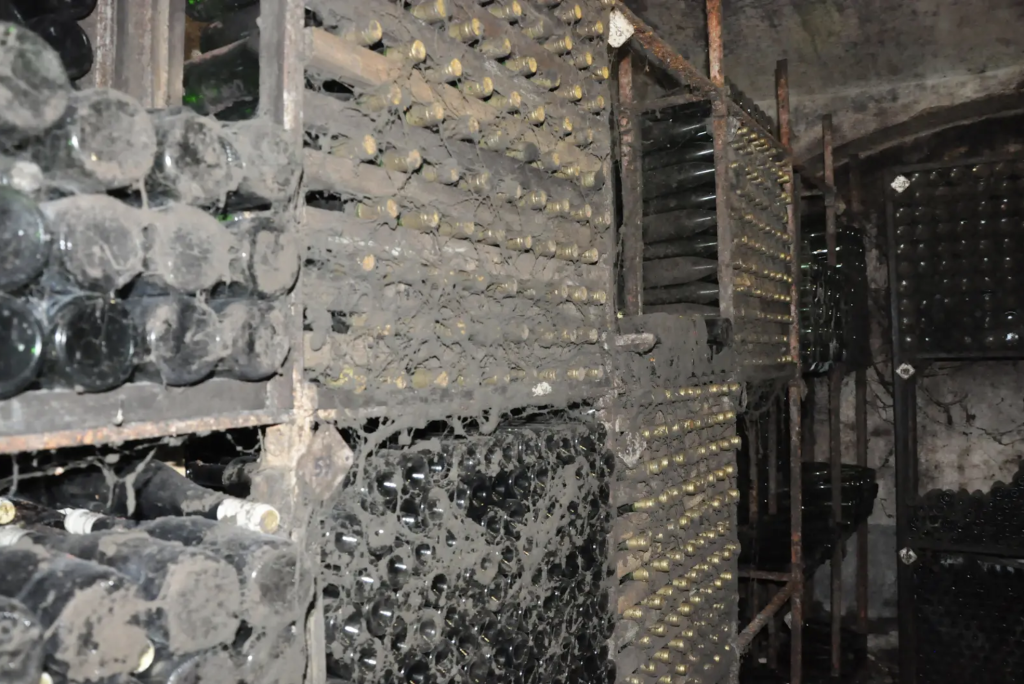
And speaking of memories, the Sauvignon from Daruvar brings a special thrill. The tasting room at the Janković Castle in Daruvar, known for its whites, won me over completely. I tried it all, from premium Graševina to Vezak Sauvignon, which was a revelation. As Suzana Jurišić, the charming enologist from the Daruvar Winery, colourfully put it, this isn’t some weak Sauvignon, but a true “Sauvignon star.” She was right — after a few glasses shared with Karin Mimica, director of the Gastronaut project, and Paul Bradbury, I felt warmth in my soul that has stayed with me. Great wines shouldn’t be toyed with; let them do their magic, and everything will be just right. You simply can’t leave Slavonia and the Danube Region without savouring these two phenomenal wines. But that’s not all — keep reading for more treasures from this wine-rich land!
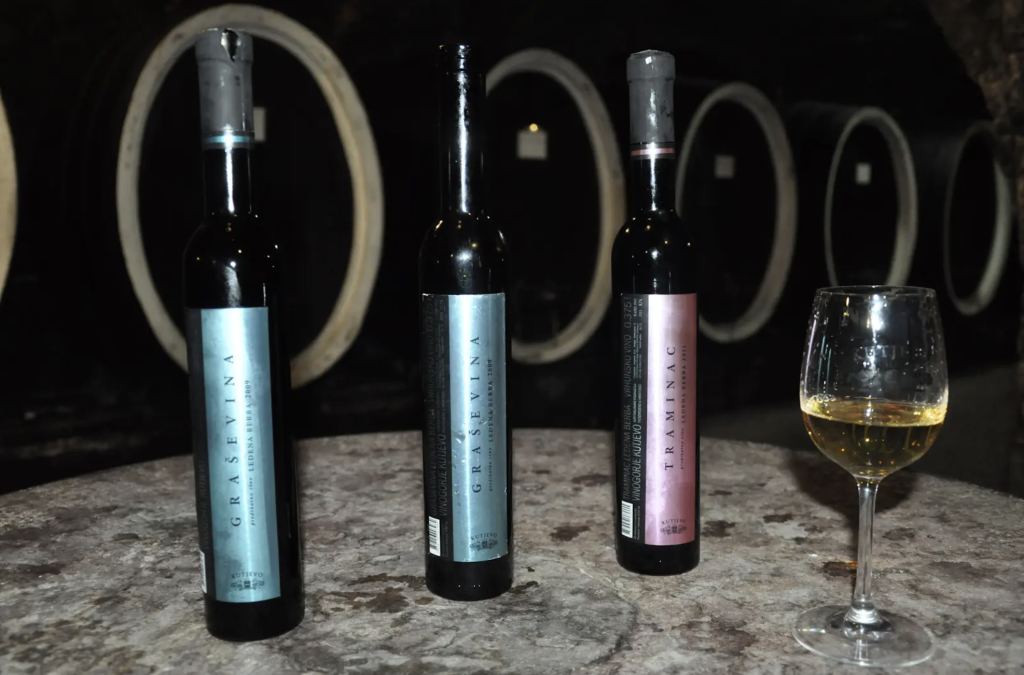
Silvanac, Graševina…
I first tasted PP Orahovica’s Green Silvanac from the Orahovica-Slatina vineyards about twenty years ago at the Bijelo-Plavi restaurant in Osijek. With veal medallions on the menu, I still remember the joy of this pairing that I enjoy to this day. Though PP Orahovica has changed hands, their Green Silvanac remains the finest Silvanac in our area. The limited-edition Silvanac from Jezerac is also interesting, though I do prefer the classic one. Enologist Ivana Nemet, the “wine whisperer,” looked after its quality until her recent career move. Green Silvanac, one of the oldest grape varieties, is sensitive to terroir and found its ideal home in Orahovica, with a fresh, refined taste and a yellow-green sparkle. Its 2017 and 2018 vintages earned bronze medals at London’s Decanter competition, though its accolades are countless. I also fondly remember the late Igor Hruškar, a wine lover and friend instrumental in PP Orahovica’s success.
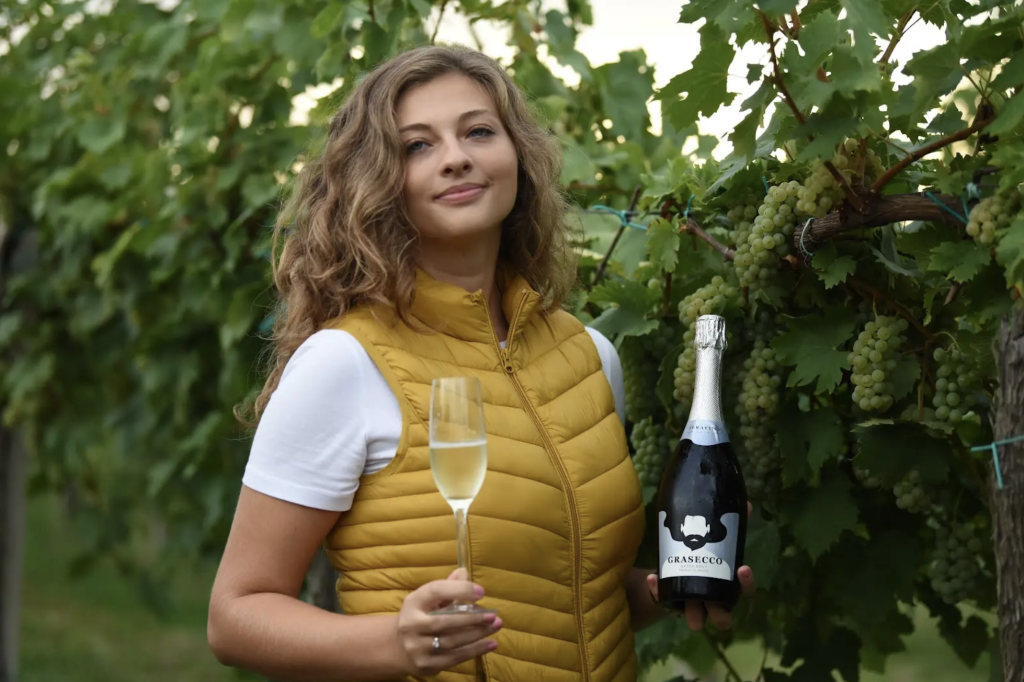
Of course, the queen, Graševina, deserves its own praise, especially wines from Kutjevo and Belje wineries. Even Kutjevo’s standard Graševina brings memories — regular drinkers say it doesn’t cause headaches and remains a reliable wine, especially after the famous ad where Prosinečki mixed it with sparkling water. The humor aside, this wine’s crystal-clear, yellow-green hue, fruity aroma, and freshness make it one of Croatia’s most popular Graševinas, even in stiff competition. Among other honours, Kutjevo’s Graševina won four consecutive silver medals from Decanter between 2016 and 2019, and bronze in 2021. Ivan Marinclin, an enologist and the heart of the Kutjevo winery is the man who tirelessly oversees its production.
Premium Graševina is Belje’s flagship wine. It has citrus aromas of grapefruit and mandarin, entangled with green apple notes and a powerful minerality. Just when you think it’s over, a light almond bitterness and chamomile flavour emerge in the aftertaste, typical of our dry Graševinas.
…And yes, there’s reds too!
Belje became the first Croatian winery to win Decanter’s gold for a red wine, their 2008 Merlot. This happened after consulting with top experts worldwide — Mr. Todorić didn’t waste time! Though primarily a white-wine region, red wines here are just as loved. Rich with raspberry and spice notes, Slavonian reds have developed remarkably over the past 15 years, winning numerous medals. Frankovka, a modern, medium-bodied red with refreshing acidity and soft tannins, conveys the subtle nuances of terroir beautifully. The best Frankovkas come from the vineyards of Orahovica and Baranja, but I must also mention the Enosophia winery from Feričanci. Their 2018 Miraz Frankovka, a dry red with a vibrant ruby hue, offers a complex bouquet of plum, pepper, and black chocolate. Living near Feričanci, I often visited this esteemed winery—though it now caters to a “digital generation” of wine lovers. Miraz is a wine for all seasons and stages of life, simple yet timeless, even if digital features on the label are, in my view, unnecessary. But every wine finds its audience.
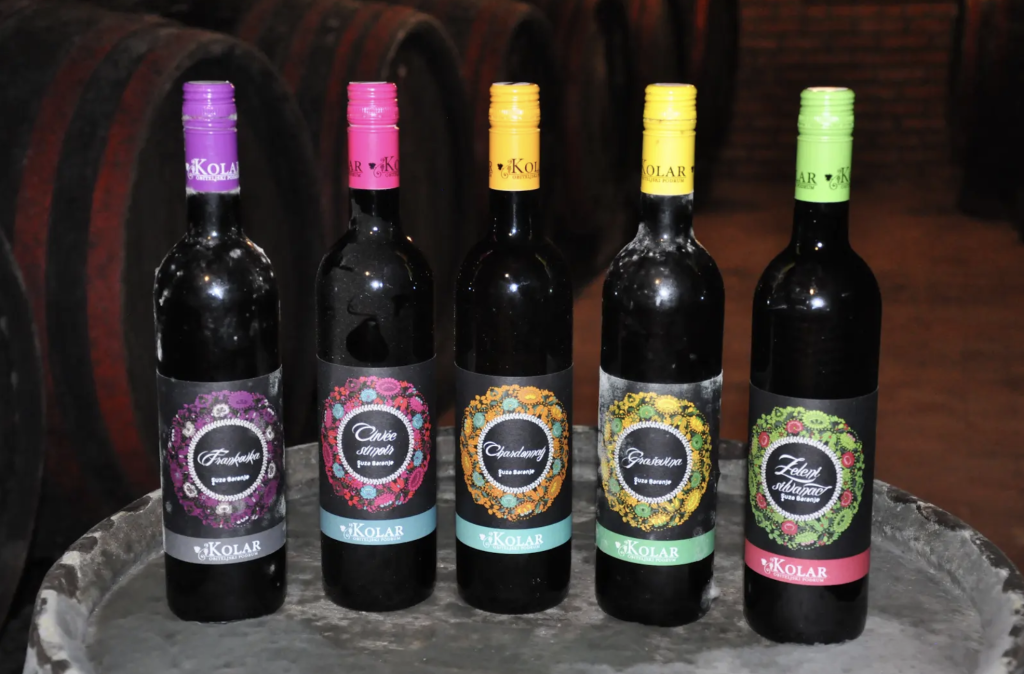
I’d be remiss not to mention the small family-owned winery Kolar from Suza. Their 2018 Personal Collection Frankovka, a ruby gem, bursts with plum, green pepper, and pomegranate aromas. Listing all the wineries in Slavonia and the Danube Region is nearly impossible, but I’ve highlighted some wines that should be enjoyed before they disappear from shelves and cellars. As you can see, there’s red too!

